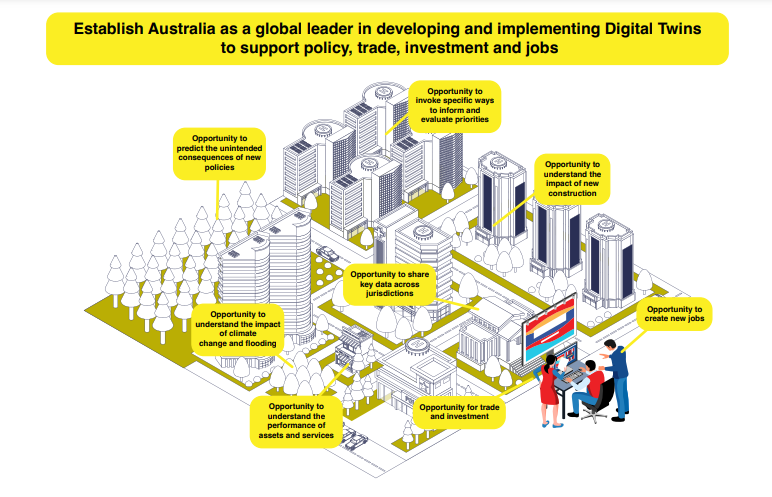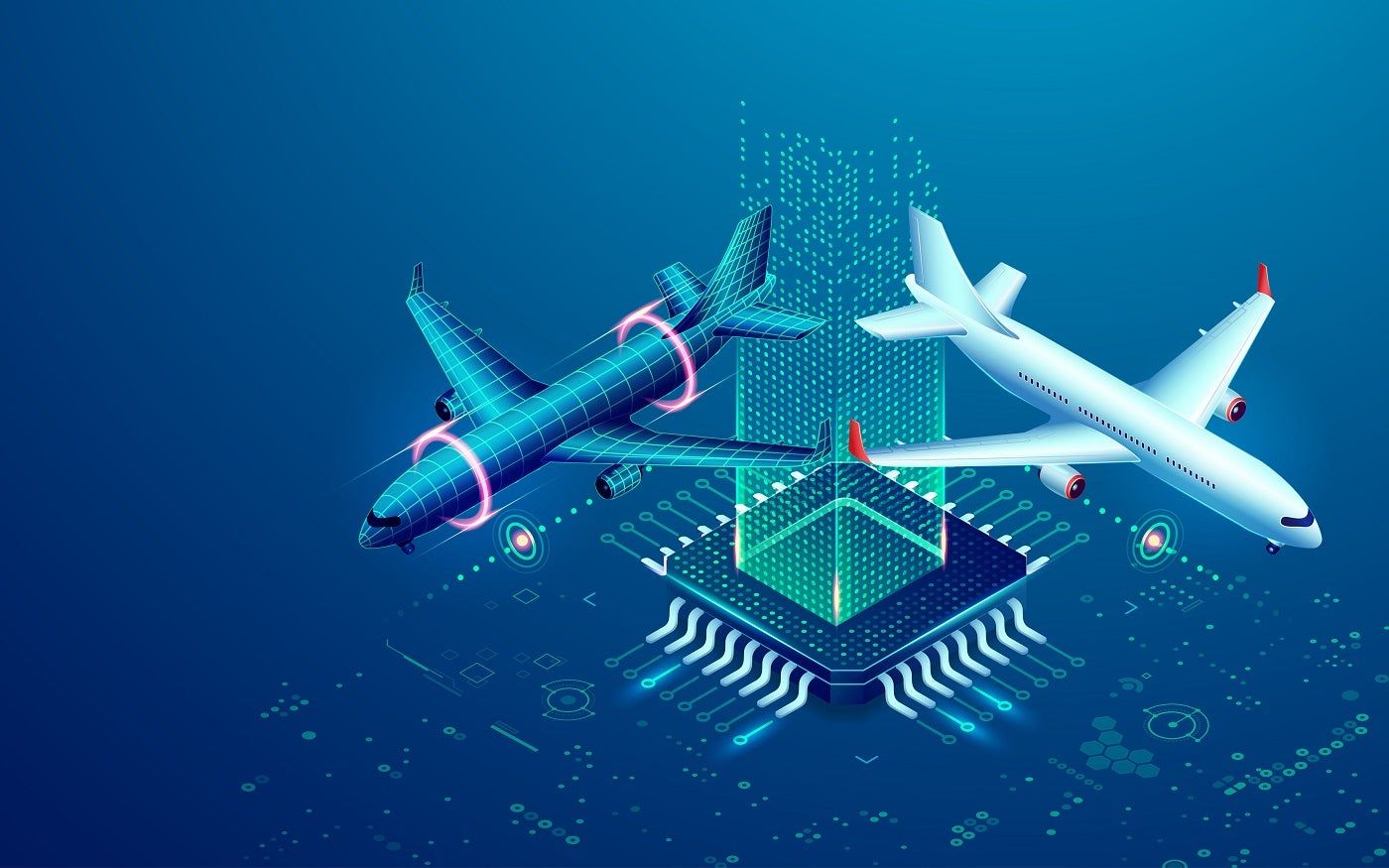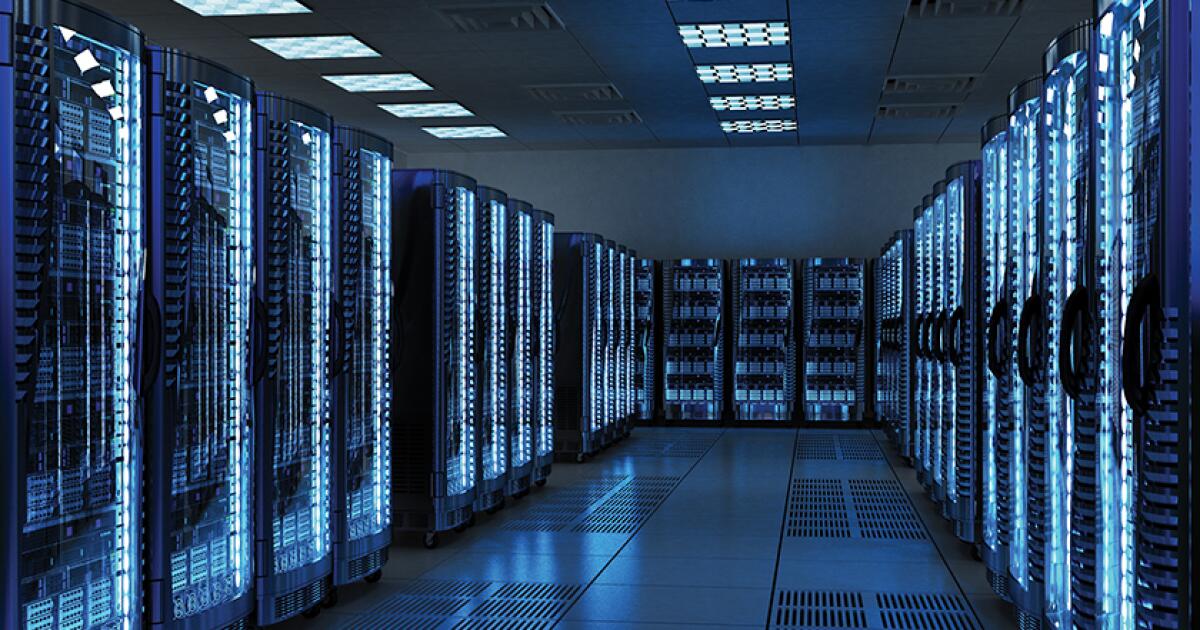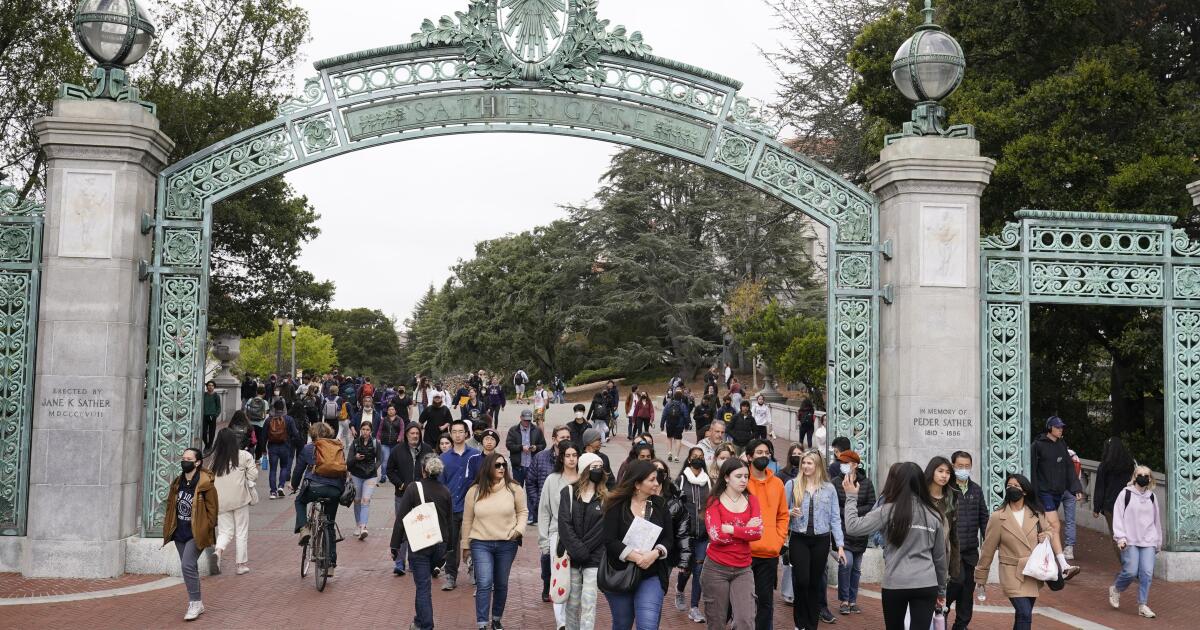Digital twins are a fairly simple concept: they are the digital representation of any real product, system or process and are used for simulation, monitoring and integration.
While the concept is simple, the value of the applied technology is significant. Digital twins have a role to play in almost everything, from smart cities to manufacturing, from healthcare to financial services. As data scientists master the models needed to produce digital twins, the global digital twin market will skyrocket from $10.1 billion in 2023 to $110.1 billion in 2028, at a CAGR of 61.3%.
SEE: Digital twins rank as the most important technology of 2024 along with artificial intelligence and cloud computing.
Australia, particularly at state government level, is investing enthusiastically in digital twins. Unfortunately, taking the right approach is a huge challenge and it looks like Australia will be left behind in developing this capability.
How digital twins are used
The use cases and value of digital twins can be difficult to understand from their literal definition, and part of the problem is their breadth. However, digital twins enable true next-generation innovation and transformation in an Industry 4.0 world.
Digital twins can be used to support supply chains, test innovations for commercial readiness, improve product development, generate key insights to improve the functioning of businesses or cities, or simply entertain (Figure A). That is why there will be such an explosion in demand for those who can create effective digital twins across the industry.
Examples of digital twin uses
Some examples of how they are used around the world include:
- The NTT Indycar Series was able to deliver a superior fan experience by using a combination of digital twin, data analytics and artificial intelligence capabilities to provide real-time race information, including direct overtaking and pit predictions.
- Rolls-Royce uses digital twin technology to make improvements to the engines it uses in aircraft and in doing so has improved the time between engine maintenance by up to 50% and improved the carbon efficiency of its engines.
- Bayer Corp has created virtual factories for its corn seed manufacturing sites and can now compress 10 months of operations at those sites into just two minutes.
In simpler examples, ChatGPT and other generative AI models have the ability to function as digital twins for linguistic and artistic processes, and augmented and virtual reality technology creates digital twins in physical spaces that users interact with.
Australia has a great opportunity
Given the ability of digital twins to unlock innovation and bring improvements across sectors, there is a significant commercial imperative for Australia to get it right. As a report published by Standards Australia in late 2023 noted:
“We are in the early stages of a major market transformation, made possible in part by significant digital innovation. The capacity for digital twins across the country is growing and is likely to have a profound impact on the way we work, live and play. Innovations driven by digital technologies, including machine learning and artificial intelligence, could add up to $315 billion to our economy by 2028. Through state digital twin programs underway in Western Australia, New South Wales , Queensland and Victoria, Australia is well positioned to take advantage of these opportunities.”

Australian states invest heavily in digital twins
The investments the report notes include a $40 million investment by New South Wales, a $37.4 million investment by Victoria and a $140 million investment by WA.
“The Spatial WA program will not only improve decision-making processes, but also streamline planning, accelerate access to land and provide investment confidence, continuing our efforts to diversify WA's economy,” he said of the project Western Australian Lands Minister John Carey.
Beyond the government, there are also now 25 startups in Australia and New Zealand focusing on digital twin technology, highlighting the growing enthusiasm Australia has for this burgeoning technology.
The challenge is that, across business, government and researchers, Australian organizations are often simply not in a place where they can drive success in digital twin projects.
Digital twins: technically demanding and data resource intensive
Australia is also unprepared for digital twins in other ways. For example, a recent report from the University of Melbourne stated that there were technological infrastructure barriers that Australia was slow to overcome.
“Urban Digital Twins (UDT) are leading the way in addressing technological, ethical and socio-technical issues,” says a report from the University of Melbourne, highlighting some of the work the university is doing with this technology. “Despite this, there are barriers to its application. “The success of UDT technology depends on timely, two-way communication between the physical and digital environments, without compromise.”
The challenge, the University continued to state, begins with the lack of digital literacy among many decision makers. With less appreciation for digital technologies, there was less appetite to invest in them.
Beyond that, digital twins have extreme data requirements, both in terms of quantity and quality, and many organizations continue to struggle with a siled approach to data, undermining their ability to run digital twins.
Errors in the adoption of digital twins, a case that is repeated in history
In fact, in many ways, the digital twin journey appears to parallel the story of digital transformation and AI that preceded it: a lack of understanding of what digital twins are creates excitement and investment, but without adequate understanding. the risk of failure is greater.
Gavin Cotterill, founder and CEO of Australian digital twin consultancy GC3 Digital, said in an interview with IoT Hub: “Many people think that the digital twin is only about a flashy 3D model, but it is actually a management strategy. of master data. “
“Good quality data is needed to support decision making and the quality of our data is generally quite poor. We have a lot of data, but we don't know what to do with it,” Cotterill said. “Data governance and data strategy are the unattractive part of the digital twin: it's the engine room, it's the fuel.”
SEE: Australian organizations will have a renewed focus on data governance in 2024.
This means that IT leaders face competitive challenges regarding digital twins. On the one hand, there is an appetite, particularly among executives and boards of directors, to stay abreast of the latest in technology. On the other hand, Australian organizations as a whole are not prepared to take advantage of the digital twin opportunity.
As we saw previously with digital transformation, and are seeing now with AI, enthusiasm without the necessary foundation is a recipe for underperforming investments. Digital twins seem to be heading in the same direction.
How Australia can prosper with digital twins
Developing and successfully executing a digital twin strategy requires an incredibly high level of skill and competency in digital technologies. This applies to the entire range. Digital twins will involve data analytics, artificial intelligence, as well as a deep and strategic understanding of the field in which the digital twin is being created. In project management terms, they require the ability to bring together a wide range of specialists in a collaborative environment.
This will be a real challenge for many Australian organizations and IT teams. However, the opportunity on the table has the potential to be as transformative in the way we do business as digital transformation was a decade ago.












